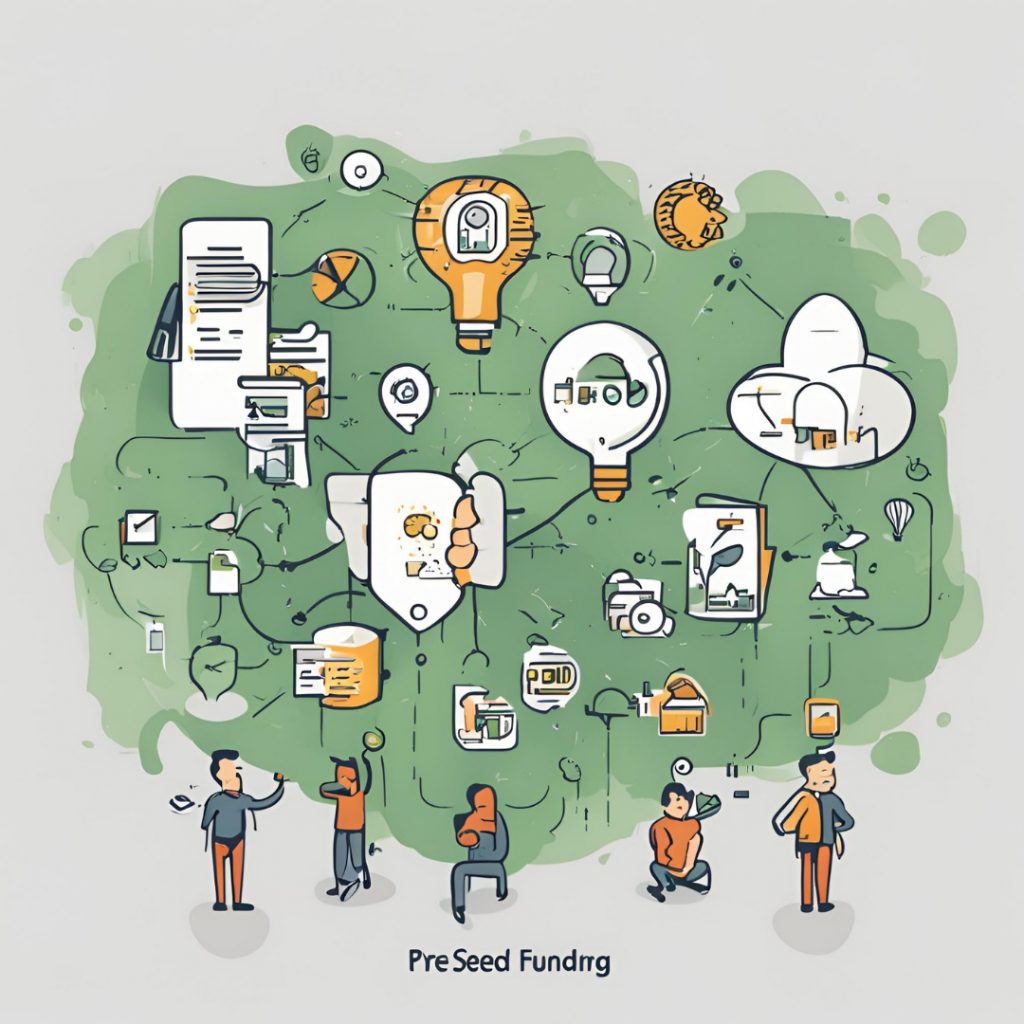Pre-seed funding is the initial financing round that a start-up raises to develop its idea, build a prototype, and prepare for further funding rounds. This funding typically comes from founders, friends, family, and early-stage investors.

What is Pre-Seed Funding?
This is the earliest stage of startup financing, often called the "idea stage." At this stage, startups are developing their product or service concept, conducting market research, and assembling a founding team. The goal of pre-seed funding is to provide the necessary capital to move from a concept to a tangible product that can attract further investment.
Why Pre-Seed Funding is Important:
- Initial Development: Provides the resources needed to develop a minimum viable product (MVP) or prototype.
- Market Validation: Helps start-ups conduct initial market research and validate their business idea with potential customers.
- Team Building: Enables the founding team to secure key talent and resources necessary for early-stage development.
- Foundation for Future Funding: Establishes a financial base that makes the startup more attractive to future investors.
Key Components of Pre-Seed Funding:
- Source of Funds: Typically comes from founders, friends, family, angel investors, and early-stage venture capital firms.
- Investment Size: Generally ranges from a few thousand to several hundred thousand dollars.
- Equity Stake: Investors usually receive an equity stake in the company in exchange for their investment.
- Use of Funds: Focuses on product development, market research, business plan development, and initial operations.
Challenges Associated with Pre-Seed Funding:
- High Risk: Pre-seed investments are highly speculative as the business model is often unproven, and there is no revenue.
- Limited Resources: The amount of funding is typically small, requiring careful management of resources.
- Investor Reluctance: Securing pre-seed funding can be challenging due to the high risk and uncertainty involved.
- Proof of Concept: Founders must provide convincing proof of concept to attract investors, which can be difficult at this early stage.
Strategic Use of Pre-Seed Funding in Business:
- Develop Prototypes: Create initial versions of their product or service to test and refine.
- Conduct Market Research: Validate the market need and demand for their offering.
- Establish Operations: Set up basic business operations and infrastructure.
- Attract Talent: Hire key team members to drive development and growth.
The Future of Pre-Seed Funding:
As the start-up ecosystem continues to evolve, pre-seed funding will remain a critical stage for new ventures. The rise of alternative funding platforms, such as equity crowdfunding and micro-VCs, will provide more opportunities for early-stage start-ups to secure pre-seed funding. Additionally, accelerators and incubators will continue to play a significant role in supporting startups during the pre-seed stage by providing both capital and mentorship.
Conclusion:
This is a crucial early step in the lifecycle of a startup, providing the essential resources needed to transform an idea into a viable product. Despite the high risks and challenges, pre-seed funding sets the foundation for future growth and investment. As the startup landscape evolves, the availability and accessibility of pre-seed funding will continue to expand, supporting innovation and entrepreneurship worldwide.